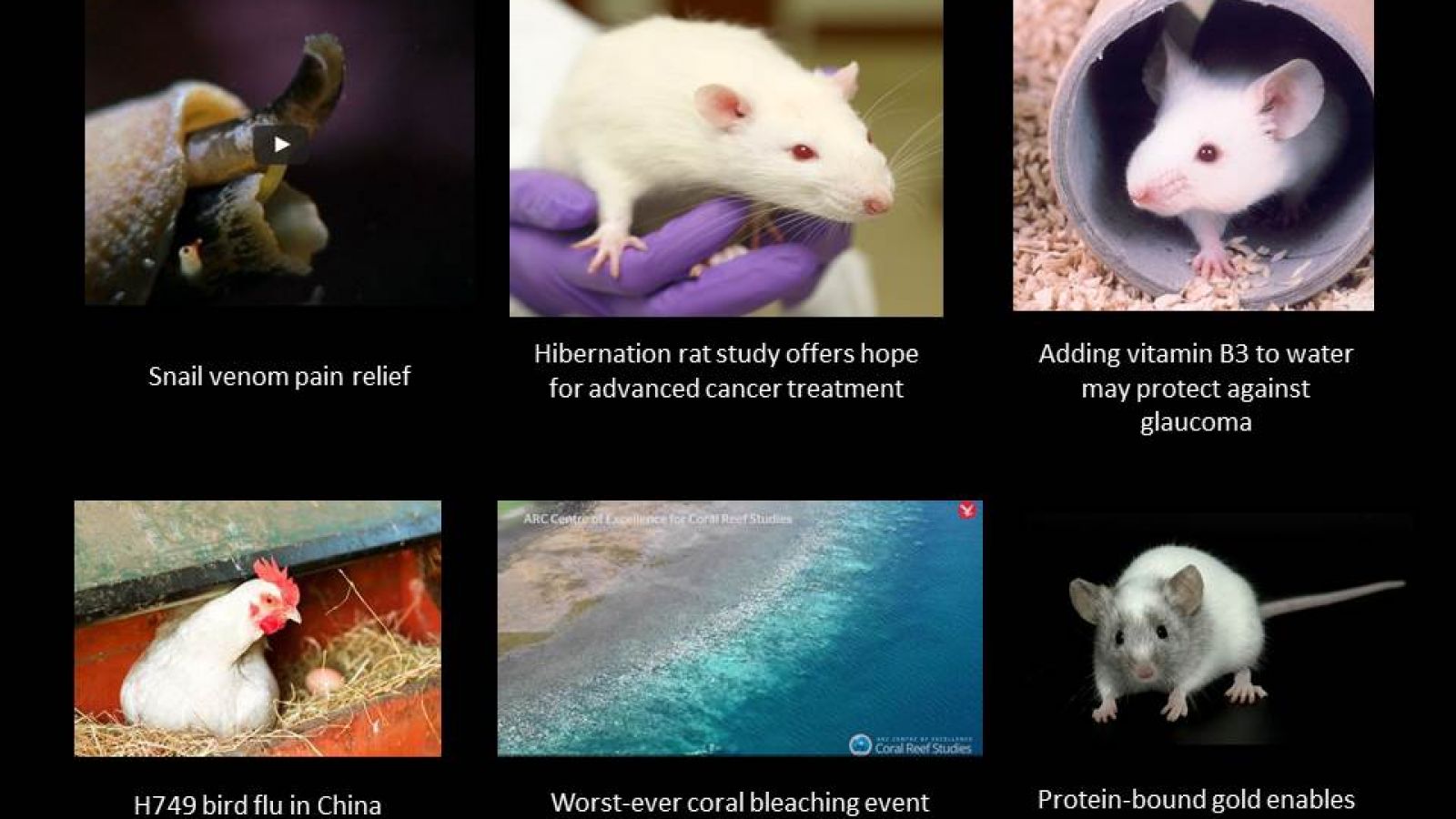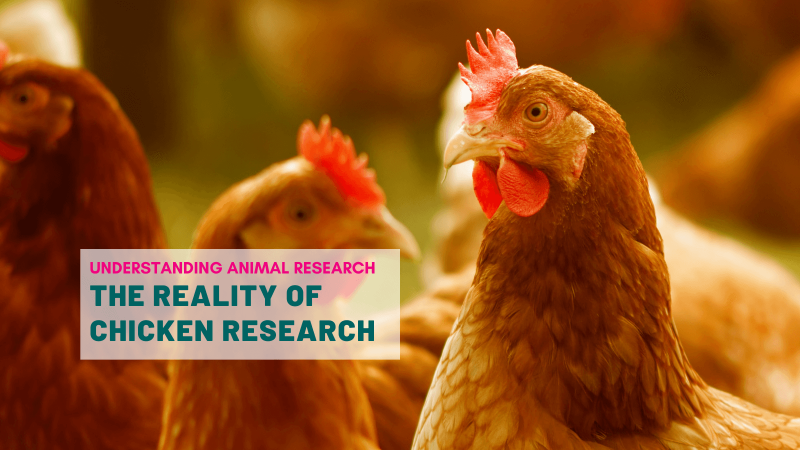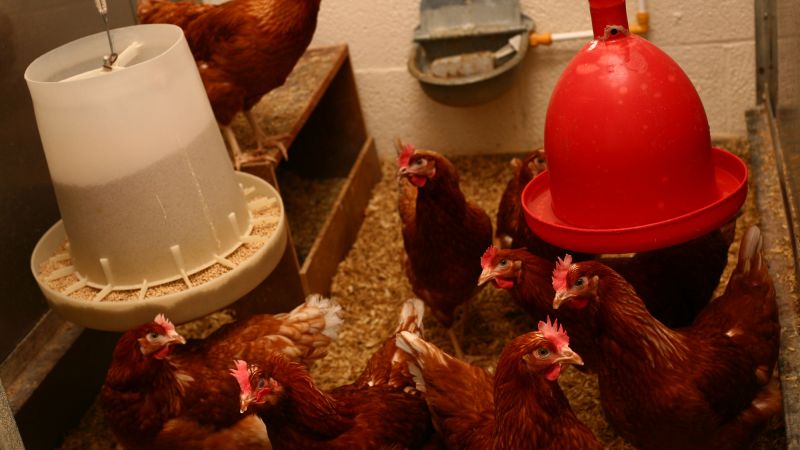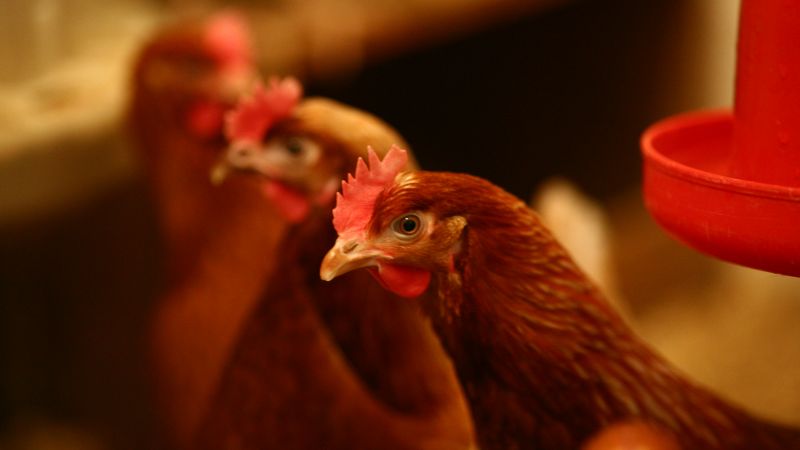 Worst-ever coral bleaching event continues into fourth year
Worst-ever coral bleaching event continues into fourth year
AMCS Great Barrier Reef Campaign Director Imogen Zethoven said: “Signs of new coral bleaching in February, plus the likelihood of extensive severe bleaching and even mortality in the next four weeks, is extremely concerning.”
“Last year we witnessed the worst bleaching event on record for our reef. Tragically between 50 and 85 per cent of corals perished between Cape York and Lizard Island. Over the entire reef, 22 per cent of corals are dead.”
The society has called on the Australian government to end its support for the coal industry and begin a “rapid move to renewables”.
Last month, Japan’s environment ministry reported that over 70 per cent of the country’s largest coral reef was “dead” after sea temperatures were between one and two degrees Celsius higher than normal.
https://www.newscientist.com/article/2122016-worst-ever-coral-bleaching-event-continues-into-fourth-year/
Precise Inactivation of Neural Messenger Receptor Wipes Out Fear Memory in Mice
Research combines antibody precision with toxic oxygen burst to inactivate neural protein and temporarily abolish fear memory in mice
The delivery of chemical messenger (neurotransmitter) receptors to the junctions between nerve cells (synapses) is crucial to cognitive processes such as memory. One way of understanding the function of these receptors is to inactivate them and observe the outcome. However, this is only informative if the inactivation is precise with respect to space and time. Many techniques used to block receptor functions affect both cell surface and internal forms of the proteins, yet neurotransmitter receptors typically work at the cell surface. Work at Japanese institutions, including Yokohama City University, Osaka University and the University of Tokyo, modified a light-induced means of producing a burst of destructive oxygen (CALI: chromophore-assisted light inactivation) by incorporating an antibody to achieve specificity in protein inactivation. The study was reported in Nature Biotechnology.
http://resou.osaka-u.ac.jp/en/research/2016/20161206_3
Bird flu in China
H7N9 first started infecting people in China in 2013. H7N9 seems to jump to people from poultry more easily than H5N1, staging regular winter outbreaks in the last 4 years. By mid-2016 there were 798 known cases, and around 40 per cent of the people died. But since last October alone, there have been 424, the most ever seen in one season.
H7N9 spreads in poultry without making birds visibly sick. It is often only discovered when people fall ill.
https://www.newscientist.com/article/2121869-bird-flu-strain-hitting-china-may-be-getting-more-dangerous/
Protein-bound gold enables in-mouse catalysis
First metal-catalysed reaction inside a living organism could lead the way to targeted drug synthesis. In this case the drug is extracted from mouse saliva.
https://www.chemistryworld.com/news/protein-bound-gold-enables-in-mouse-catalysis-/2500431.article
Snail venom pain relief
Chronic pain could be treated with venom that snails normally use to paralyse and kill their prey. The venom contains a compound that appears to act as long-lasting pain relief and research in rats suggest it could be used to create a new pain therapy. Opioids which are currently used to treat moderate to severe pain are addictive and can cause serious side effects so a painkiller using this new technique may be a good alternative.
http://www.bbc.co.uk/news/health-39028557
A study in mice reveals that adding vitamin B3 to water may protect against glaucoma. This discovery could point towards a cheap and safe treatment for older people as an alternative to eye drops.
http://www.dailymail.co.uk/health/article-4235222/Adding-vitamin-B3-water-prevent-glaucoma.html
Hibernation rat study offers hope for advanced cancer treatment
Studies in rats have found that putting animals into a state of hibernation can help protect them from the toxic side effects of radiotherapy when administering the cancer treatment. Furthermore, in the torpor state the tumours stop growing. A leading expert believes this may be an effective tool in treating human cancers in the next 10 years.
http://www.telegraph.co.uk/science/2017/02/19/placing-terminal-cancer-patients-hibernation-could-mitigate/
Female fish mate 200 times but save eggs for the perfect male
Female lampreys mate hundreds of times but secretly withhold their eggs until they are sure their suitor is worthy.
During the mating season, male and female Siberian brook lampreys (Lethenteron kessleri) meet for orgies in specially built nests in the streams where they live. Individual female fish appear to mate up to 200 times, with 10 or more different males.
Until now, the benefit of these marathons for female lampreys has been unclear, because they require lots of energy. Now Itsuro Koizumi at Hokkaido University in Japan and colleagues have found that in most sexual encounters, the female brook lampreys do not release eggs.
The would-be fathers appear not to notice when their female partners trick them by withholding their eggs, Koizumi says, as they still release clouds of sperm into the water.
Female lampreys were more likely to engage in sham mating when grouped with lots of males, hinting that they were pickier when they had more choice.
https://www.newscientist.com/article/mg23331144-600-female-fish-mate-200-times-but-save-eggs-for-the-perfect-male/
Last edited: 9 March 2022 12:31




